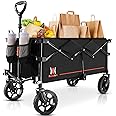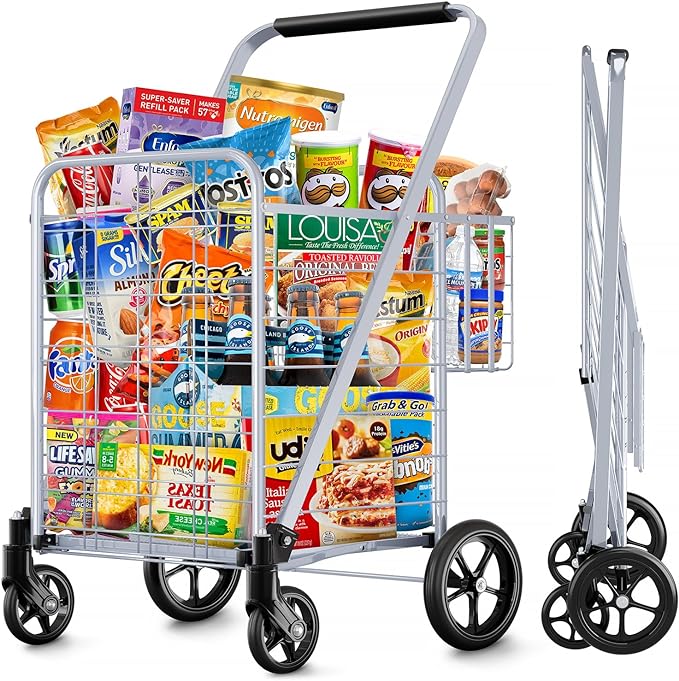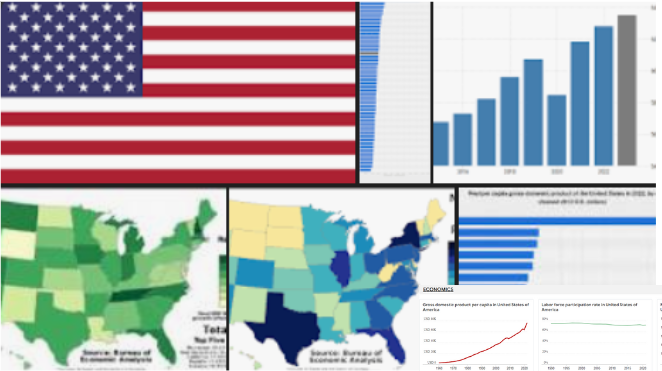
Shopping Cart: A Comprehensive Guide
This Comprehensive Guide to Shopping Carts is a necessary component of retail spaces since it makes gathering and moving items for purchase easier. These carts enhance the shopping experience in grocery stores, supermarkets, and retail establishments by conveniently enabling customers to gather goods around the store.
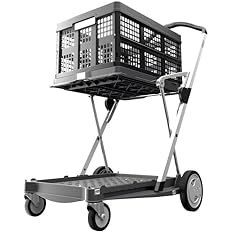
$269.00$269.00
Exploring Regional Differences
The terminology surrounding shopping carts varies across different parts of the world:
- Shopping cart: Predominantly used in the United States and Canada.
- Shopping trolley: More commonly used in the United Kingdom, Australia, and other Commonwealth countries.
Despite these regional preferences, both terms refer to the same essential item—a wheeled container designed for shopping purposes.
Components and Functionality
Designers meticulously craft shopping carts with durability and functionality in mind.
- Sturdy Frame: Typically crafted from metal with a powder-coated finish, ensuring resilience and resistance to rust.
- Wheels: Composed of hard plastic or rubber, facilitating smooth movement across various floor surfaces.
- Basket or Container: Where customers place their selected items, available in open and enclosed designs to suit different preferences.
- Handle: Positioned ergonomically for ease of pushing or pulling, often equipped with additional features such as child seats or compartments for personal items.
Operational Steps
The operational process of a shopping cart follows a straightforward sequence:
- Selection: Customers navigate through the store, selecting items they intend to purchase.
- Placement: Selected items are placed into the cart’s basket or container.
- Transportation: The cart is maneuvered through store aisles, allowing for additional item collection.
- Checkout: At the cashier, items are scanned and removed from the cart for payment and bagging.
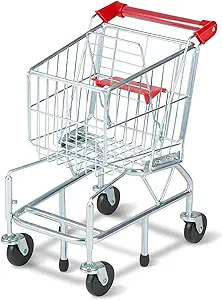
Digital Equivalent: Cart Items
In the realm of online shopping, a “cart item” refers to any product or service that a shopper adds to their virtual shopping cart. Each cart item includes essential details such as product name, quantity, price, an image for visualization, and specifics like size or color variations.
Alternative Terms
Apart from “shopping cart” and “shopping trolley,” this essential retail tool is recognized by various names across different regions:
- Shopping basket
- Trolley
- Cart
- Handcart
- Shopping basket
Understanding “Cart” in Context
The term “cart” encompasses a diverse range of wheeled vehicles:
- Shopping cart: Used specifically for retail shopping as described.
- Handcart: A small, two-wheeled manual cart for transporting goods.
- Golf cart: A motorized vehicle used for transporting golfers on courses.
- Wheelbarrow: A single-wheeled cart designed for carrying materials.
Each type of cart serves a distinct purpose based on its design and intended use, showcasing versatility across different contexts and industries.
Bottom Line
Whether utilized in physical stores or on digital platforms, this Comprehensive Guide to Shopping Carts enhances the overall shopping experience. It underscores the cart’s integral role in modern retail practices worldwide, ensuring convenience and efficiency for both shoppers and retailers alike. By bridging the gap between physical and digital shopping realms, the shopping cart remains a cornerstone of contemporary consumerism, facilitating seamless transactions and enriching the customer journey.

